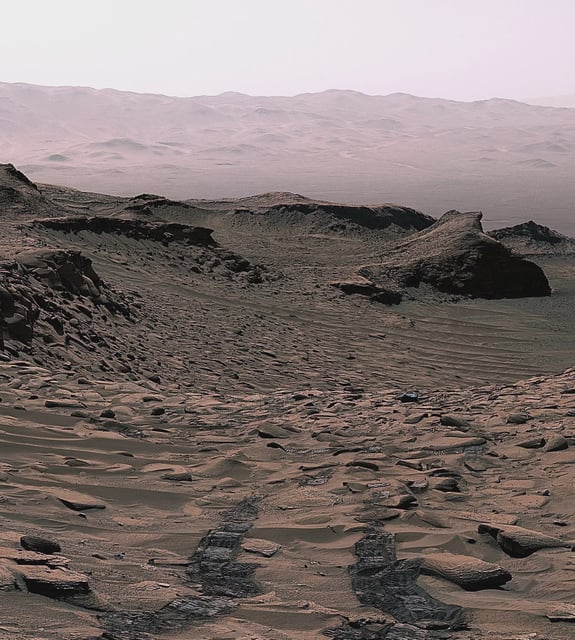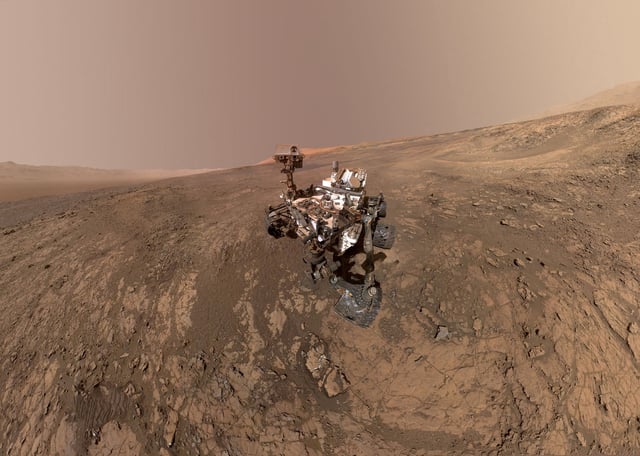Overview
- Perseverance's PIXL instrument, enhanced with X-ray Backscatter Diffraction Mapping, identified two generations of sulfate minerals in Jezero Crater, indicating multiple wet periods beneath the surface.
- Curiosity rover detected siderite, an iron carbonate mineral, in Gale Crater samples, marking the first in situ evidence of an ancient Martian carbon cycle.
- The discovery of 5–10% siderite by weight suggests a significant carbon reservoir, potentially explaining the loss of Mars' thick CO₂ atmosphere.
- Carbonates were previously undetectable in orbital data due to masking by magnesium sulfate salts, suggesting hidden deposits across Mars.
- These findings provide critical insights into Mars' transition from a habitable environment to its current barren state, informing future exploration and sample-return missions.



